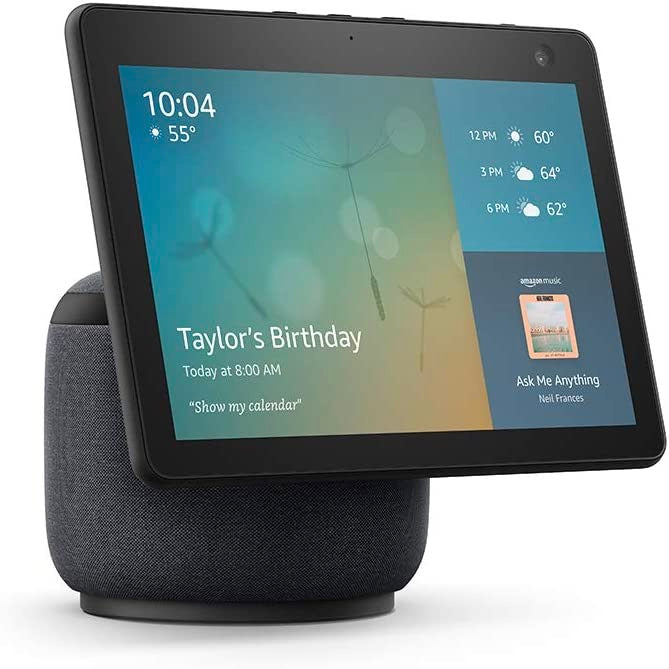Getting Durable Medical Equipment Through Insurance
Getting Durable Medical Equipment Through Insurance
Mobility devices and hospital beds can be covered by insurance in certain cases because they are considered durable medical equipment (DME). This is not a service we provide (yet). But we can give you all the details on how to get it done.
It requires:
- a visit to the doctor
- a prescription
- sometimes a therapy visit
- no similar device ordered within the past 5 years (unless the person's abilities have declined)
It can take 2-3 months to get things like a power wheelchair. But it is financially worth it to go through insurance for custom devices.
If you want to try to get a hospital bed, manual wheelchair, scooter or power wheelchair through insurance follow these steps:
1. Schedule an in person visit with the physician or nurse practitioner - they'll need to write a prescription and write they recommend it in their clinic notes.
2. Connect with a wheelchair provider in your area that accepts your insurance. Use the Medicare Supplier Directory to help.
3. They will help you the rest of the way by scheduling an evaluation (if needed), collecting paperwork and getting it sent to the insurance provider for approval. Finally they will provide the device and maintenance for the next 5 years.
Why we know this works
Why we know this works
Health insurance doesn't pay for many items that go on the home, so it's really important for you to use your insurance benefits when able. So we highly recommend using insurance to get hospital beds, oxygen, patient lifts and custom manual or power wheelchairs. Insurance can pay for a walker, but it makes it more challenging to get a wheelchair in the future if you need it. And since walkers are much more affordable, it makes sense to use your insurance benefit on the wheelchair.
How to access this resource
How to access this resource
Find your local supplier of durable medical equipment (DME) that is Medicare approved at this site. https://www.medicare.gov/medical-equipment-suppliers/
Share
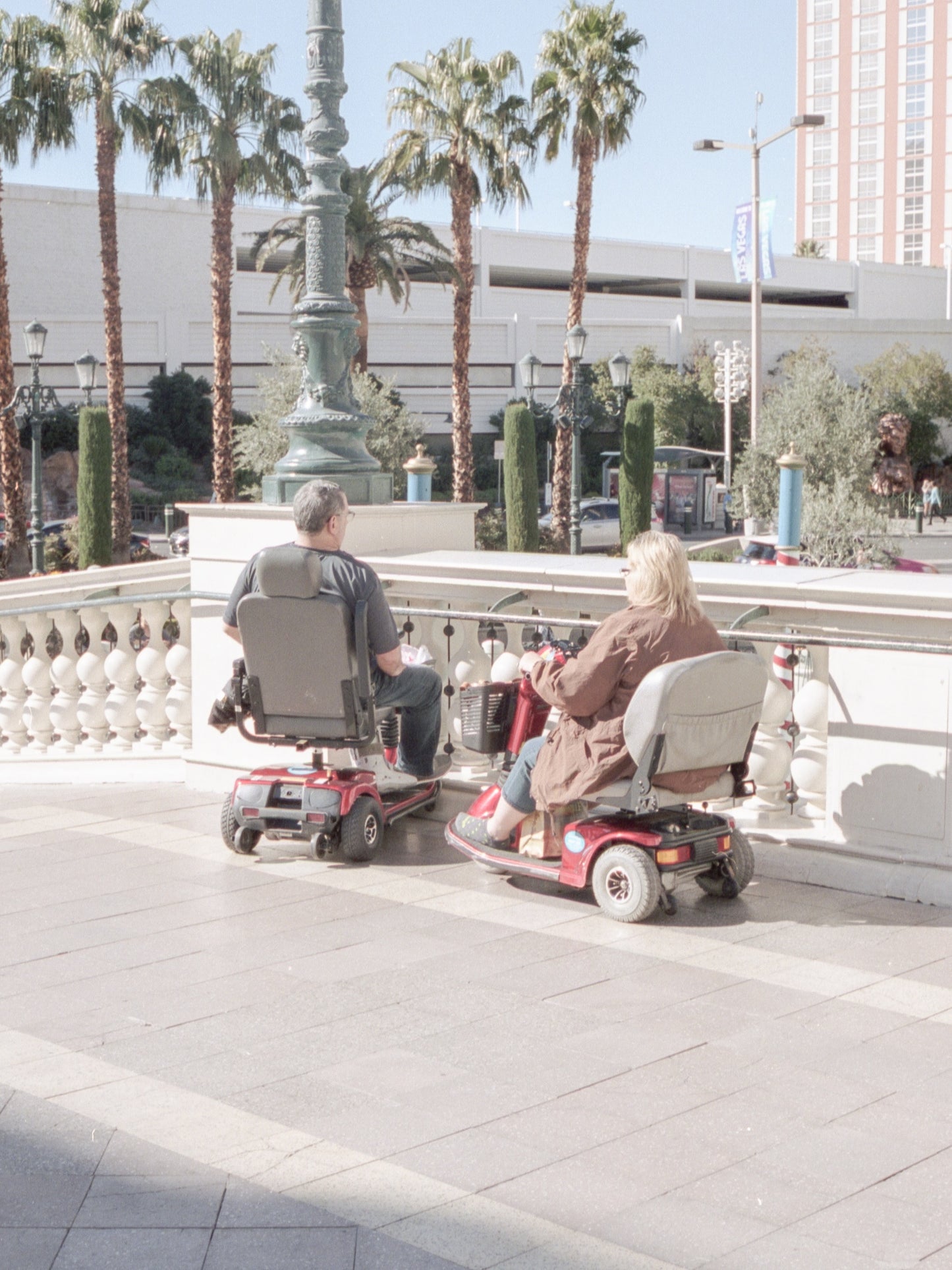
Solve the whole puzzle! Get more education, resources & services
-
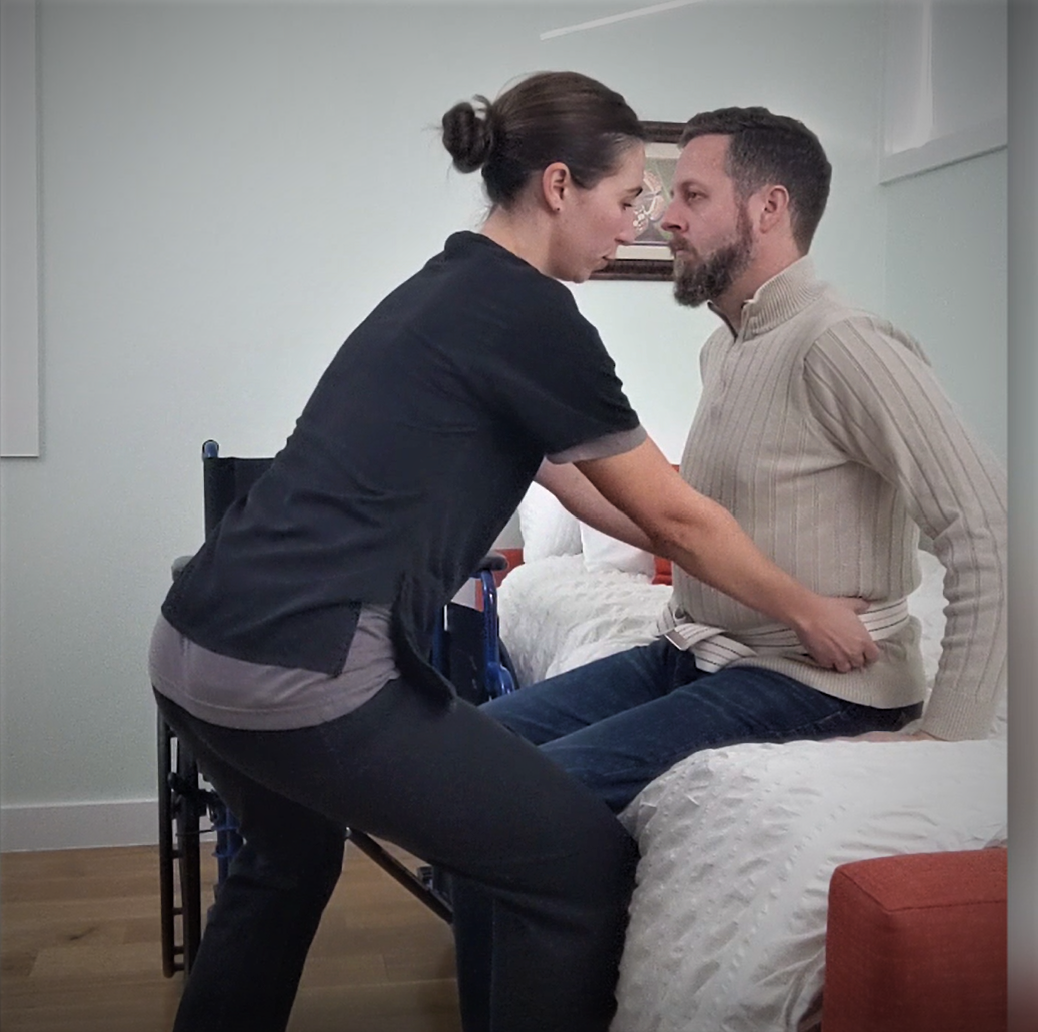
Caregiver Training Courses
Go to website for the full training library We've partnered with Higher...
Dive Deeper: A knowledge base of solutions for real caregiving questions
View all-
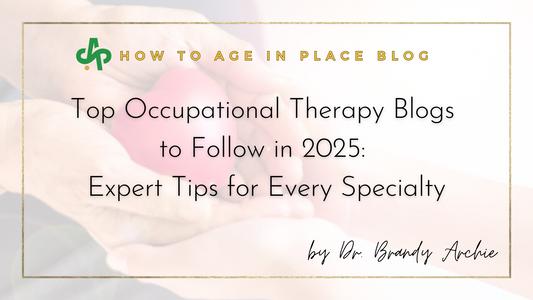
Top Occupational Therapy Blogs to Follow in 202...
Celebrate OT Month with our top picks of must-read blogs written by occupational therapists! From pediatric play to aging-in-place strategies, advocacy, and wellness—these expert voices share powerful tips, tools, and...
Top Occupational Therapy Blogs to Follow in 202...
Celebrate OT Month with our top picks of must-read blogs written by occupational therapists! From pediatric play to aging-in-place strategies, advocacy, and wellness—these expert voices share powerful tips, tools, and...
-
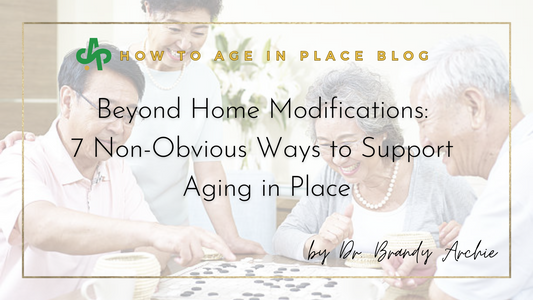
Beyond Grab Bars: 7 Unexpected Strategies for A...
Staying hydrated is crucial for aging in place, as dehydration can lead to dizziness, confusion, and an increased risk of falls. Keeping water accessible and offering variety can help maintain...
Beyond Grab Bars: 7 Unexpected Strategies for A...
Staying hydrated is crucial for aging in place, as dehydration can lead to dizziness, confusion, and an increased risk of falls. Keeping water accessible and offering variety can help maintain...
-

Enhancing In-Home Care: A Guide for Occupationa...
Personalized care planning is essential, involving comprehensive assessments and collaboration with seniors and caregivers to address specific needs and routines. Home safety modifications, such as installing grab bars, improving lighting,...
Enhancing In-Home Care: A Guide for Occupationa...
Personalized care planning is essential, involving comprehensive assessments and collaboration with seniors and caregivers to address specific needs and routines. Home safety modifications, such as installing grab bars, improving lighting,...





